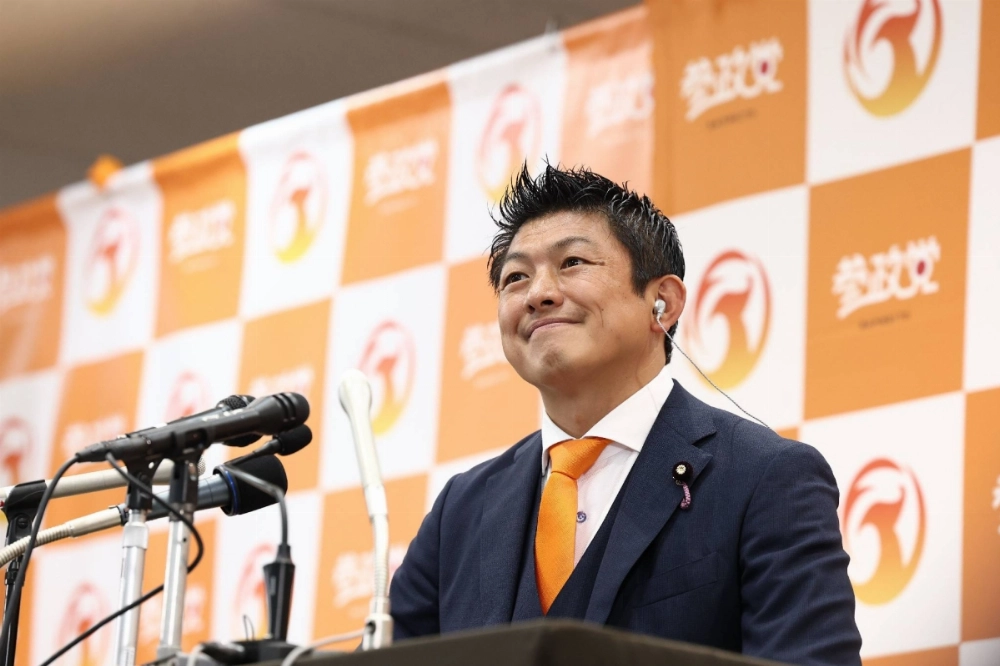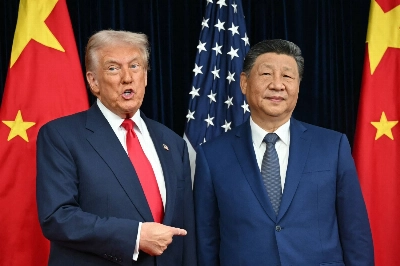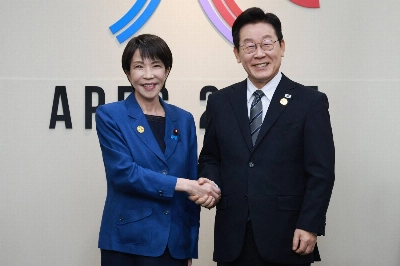The small right-wing populist party Sanseito, which campaigned under the slogan of “Japanese First,” won big in Sunday’s Upper House election, taking 14 seats — the third-most among opposition forces in the poll, after the Constitutional Democratic Party of Japan (CDP) and the Democratic Party for the People (DPP).
The stunning results made the upstart party the fourth-largest opposition force in the Upper House, behind the CDP, DPP and Nippon Ishin no Kai.
The ruling Liberal Democratic Party (LDP) and Komeito coalition was dealt a drubbing in the poll, losing its majority — meaning it will need the support of at least one opposition party to pass any piece of legislation.


















With your current subscription plan you can comment on stories. However, before writing your first comment, please create a display name in the Profile section of your subscriber account page.